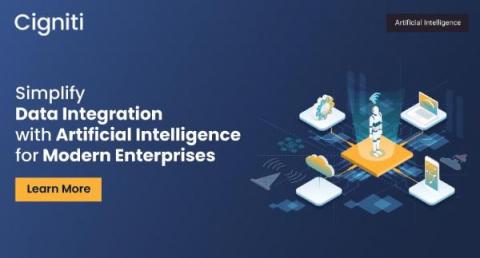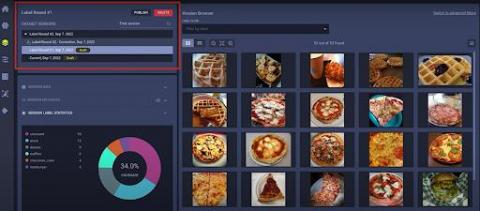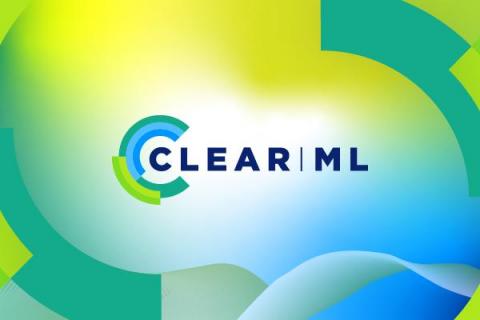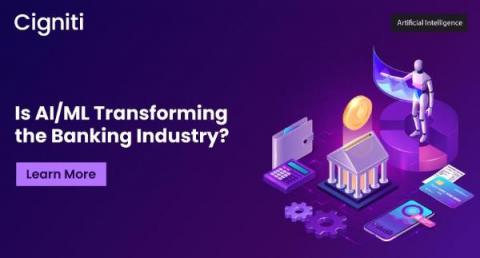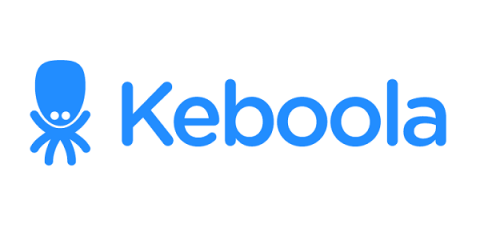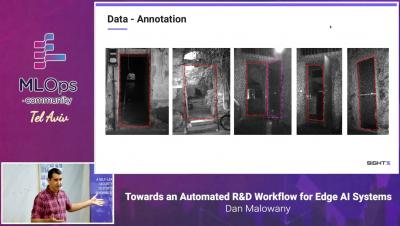5 Prerequisites to Consider While Building Trustworthy AI
Artificial intelligence (AI) is advancing at a breakneck pace, and it is swiftly emerging as a potential disruptor and vital enabler for almost every business in every sector. At this point, the technology itself is not a barrier to the mainstream use of AI; rather, it a collection of challenges that, unfortunately, are far more human, such as ethics, governance, and human values, are.



